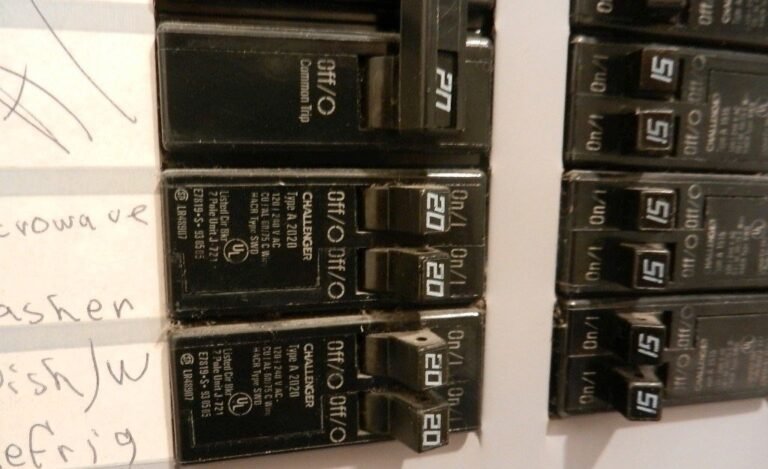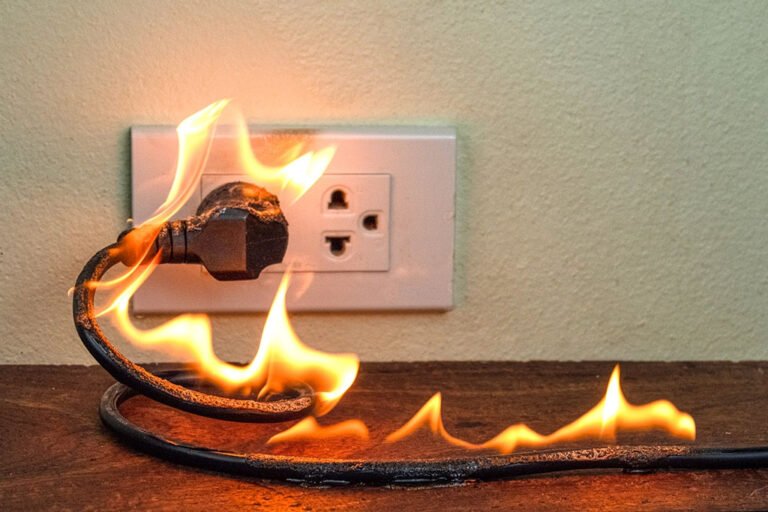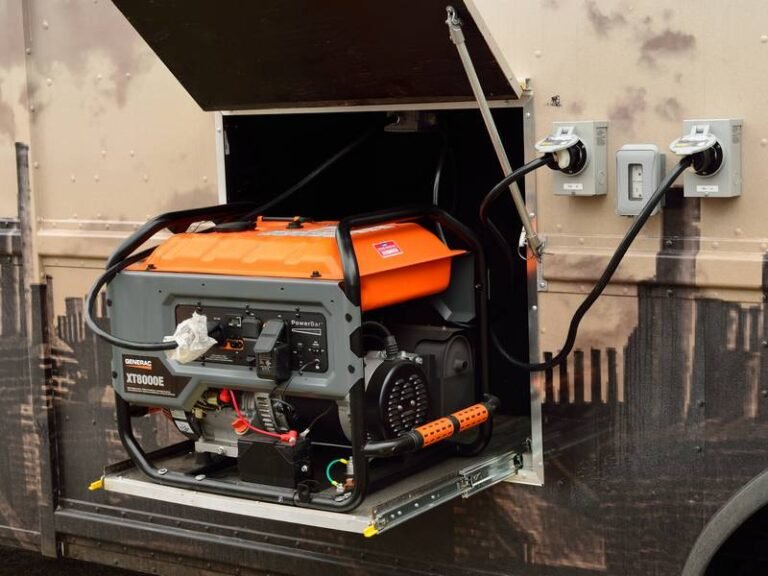Replace Your Aluminum Wiring
How can you protect your family from the risks posed by aluminum wire without having to tear down your walls? I’ll attempt to respond to your query and also show you commonly used techniques for fixing it without going over budget.
Why Is Aluminum Wiring Not Good?
If the construction of your home took place between the late 1960s and the mid-1970s, there’s a good chance that aluminum wiring was used for the electrical circuits instead of copper. Given that copper was scarce due to the Vietnam War, aluminum was used instead.
After a while, an issue surfaced. Aluminum wire homes were more likely to catch fire. According to research conducted by the Franklin Research Institute for the Consumer Product Safety Commission (CPSC), homes built with aluminum wiring had a 55-fold higher risk of catching fire compared to those equipped with copper wiring. The aluminum itself is in perfect condition. It is less ostentatious than copper and a fantastic conduit. The problems arise from the fact that aluminum expands and contracts when used significantly more quickly than copper. This may result in a free association, creating cracks that may ignite a fire.
The fact that aluminum oxidizes so quickly when exposed to oxygen in the air exacerbates the problem even further. This reaction forms an oxide layer on the wire, resembling the rust patterns on iron.
If the wiring in your home is made of aluminum, you may have more problems to deal with than just the obvious risk of fire. Homes with aluminum wire may not be guaranteed by certain insurance companies unless the wiring is updated to meet modern electrical codes.
In the unlikely event that you were trying to sell your house or have your renovations inspected by an administrative examiner, this could result in uncomfortable and unwanted financial obligations. Furthermore, your insurance company may reject your claim for financial compensation if they discover that aluminum wire connections caused a fire in your home.
How Can Aluminum Wiring Issues Be Fixed?
There are currently a few solutions for this terrible situation, but in any case, you must determine whether you have aluminum wire before doing anything else. You can get it looked at by a contract electrician who works under the supervision of a qualified circuit repairman.
Another method is to use common crimpers and connectors to attach the aluminum to the copper in pig tailing. These tools are quickly available at hardware stores and should be avoided. The final and incredibly common method that circuit testers advocate is to bend the wires against oxidant cream and together using a turn connector. However, a significant proportion of these connectors experienced severe overheating throughout lab testing and field life testing backed by CPSC. When a circuit tester suggests this kind of modification, proceed with extra caution—not because he is a malicious person, but rather because he lacks knowledge about these tests and blindly believes that the administration understood what it was doing when it approved it.
Installation of Copalum and AlumiConn Connectors
For the task of connecting the copper and aluminum wires, there are only two suitable connectors. These connections are marketed under the trademark names Copalum and AlumiConn. A circuit tester should make sure to employ the pleating apparatus needed for the Copalum connector. To ensure the AlumiConn connector’s viability and security, a skilled circuit repairman with competence, consideration, and an exceptional “touch” is needed. When the new associations are established, they will be as safe and continuous as if copper circuits were completely replaced with aluminum ones.
Installation of Arc Fault Circuit Interrupters
Arc fault circuit interrupters are a last security step you can implement to ensure the health of your electrical circuits. While these devices may be a bit excessive for the aluminum repair wire associations, they provide basic security for all of your electrical components. In other words, they effectively eliminate the possibility of a flame occurring since they quickly shut down and ensure a circuit in the event of even the smallest flash. They are now legal and can be used with copper hardware according to a recent development. Aluminum wiring shouldn’t cause you unnecessary concern as long as it is properly inspected and fixed.







